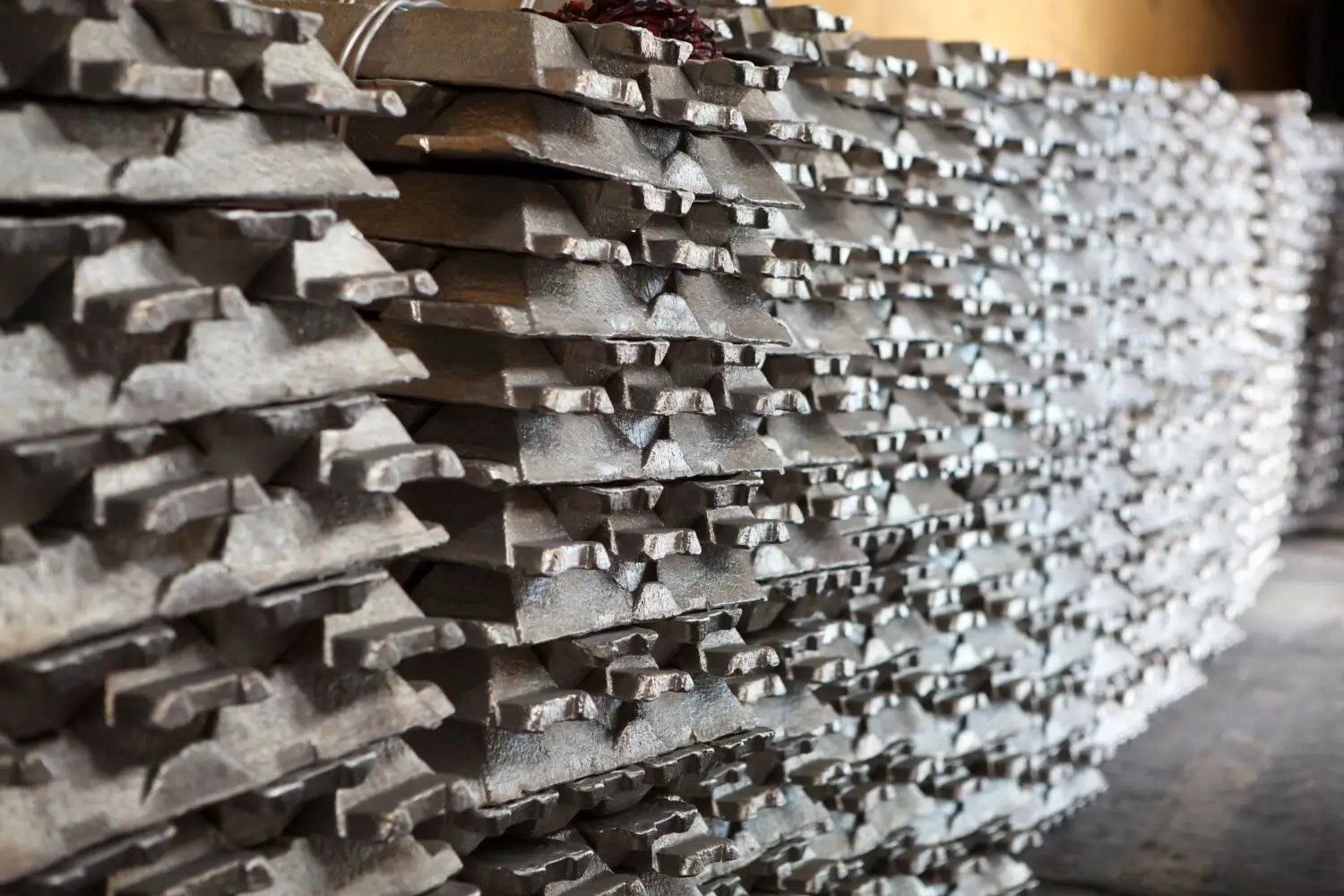

According to SMM statistics, domestic aluminium production in May 2025 (31 days) increased by 2.7 per cent Y-o-Y and 3.4 per cent M-o-M. In May, the operating capacity of domestic aluminium smelters remained stable M-o-M, mainly due to no new projects or maintenance and production cut appearing during the month.
 Image source: GOLDINVEST
Image source: GOLDINVEST
The supply of raw materials for aluminium smelting was sufficient, and profits were moderate. In May, the proportion of liquid aluminium in domestic aluminium smelters increased significantly. The industry's proportion of liquid aluminium rose by 1.48 percentage points M-o-M to 75.5 per cent in May, mainly due to reduced casting ingot production and an increased proportion of liquid aluminium in enterprises in multiple northern regions. It is expected that the proportion will continue to fluctuate at highs in the future. Based on SMM's data on the proportion of liquid aluminium, the domestic aluminium casting ingot production in May decreased by 6.15 per cent Y-o-Y to approximately 913,000 tonnes.
Capacity Changes: As of the end of May, SMM estimated that the existing capacity of domestic aluminium was around 45.69 million tonnes (considering capacity replacement and the dismantling of old plants, SMM made adjustments at the end of April by removing capacity that was double counted). The operating capacity of domestic aluminium was approximately 43.91 million mt. The industry's operating rate remained flat MoM and increased by 1.0 percentage point Y-o-Y to 96.1 per cent. There were no new capacity additions, capacity replacements, or production cuts in May, and the aluminium industry operated steadily overall. The second batch of projects relocated from Shandong to Yunnan is expected to be implemented in Q3. SMM will continue to monitor changes in aluminium capacity.
Production Forecast: Entering June 2025, the operating capacity of domestic aluminium will continue to fluctuate at highs. Considering the progress of remaining new or replacement projects this year, no commissioning is expected in the short term. Additionally, the rising proportion of liquid aluminium may become a significant factor affecting the spot aluminium market. Currently, many aluminium plants in northern China have increased the proportion of liquid aluminium, reducing casting ingot production, which may subsequently impact arrivals in major regions. It is still necessary to monitor the trend of the proportion of liquid aluminium in the aluminium industry, as well as the inventory and demand for alloyed products.
Note: This article has been issued by SMM and has been published by AL Circle with its original information without any modifications or edits to the core subject/data.
Responses








